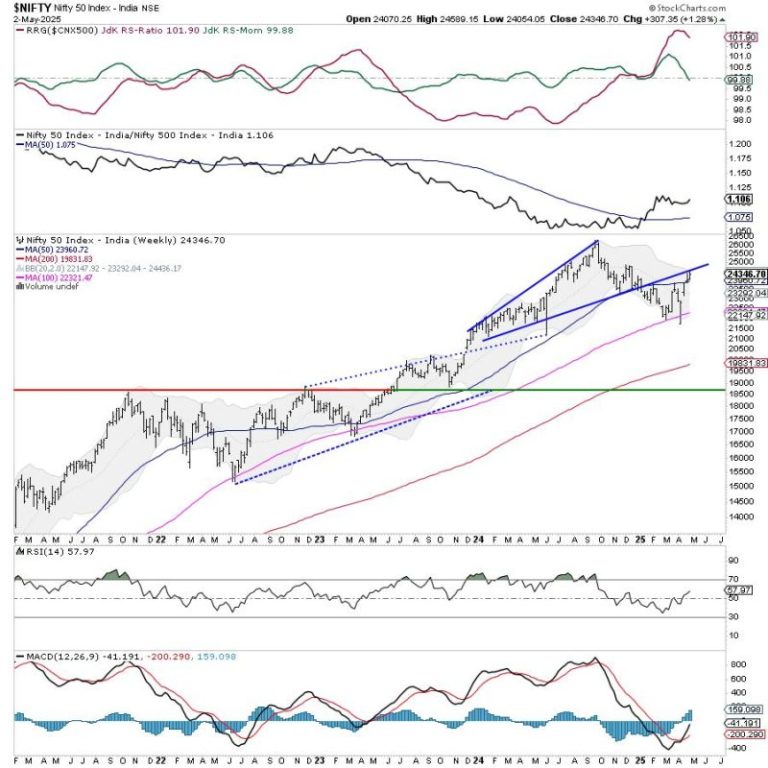NEWYou can now listen to Fox News articles!
George Orwell famously said, ‘If liberty means anything at all, it means the right to tell people what they do not want to hear.’ On World Press Freedom Day, we must remind ourselves of the people who have lost their freedoms fighting for this very right.
My father Jimmy Lai is one such man. He is currently in Stanley maximum security prison in Hong Kong, facing potential life in prison for simply publishing what Chinese authorities do not want to hear.
His story is one of extraordinary transformation and unwavering conviction. Arriving in Hong Kong at age 12 after fleeing Communist China, he began his journey as a child laborer in a clothing factory, enduring hardship and poverty.
Yet, through grit and vision, he rose from factory worker to factory manager, and by 1975, used his savings to purchase a bankrupt garment factory. This bold move laid the foundation for his first major success: Giordano, a clothing chain that grew into an international brand with thousands of employees and stores across Asia.
The 1989 Tiananmen Square massacre marked a turning point for him. Witnessing the brutal suppression of pro-democracy protesters, he redirected his life’s work from business to activism, determined to fight for freedom and human rights in Hong Kong.
In 1995, he founded Apple Daily, a newspaper that quickly became a beacon for free speech and democracy, unafraid to criticize the Chinese Communist Party and expose corruption. My father poured $100 million of his own fortune into the venture, ensuring the paper’s independence and fearless reporting.
His media empire, including Next Magazine and Apple Daily, became a megaphone for Hong Kong’s pro-democracy movement, rallying citizens and challenging the authorities. His outspoken criticism of Beijing and unwavering support for protestors made him a target.
The CCP labeled him a ‘troublemaker,’ and his businesses faced retaliation, including the closure of his Beijing Giordano store after a controversial column. Yet, he never wavered, famously stating, ‘Information is choice and choice is freedom’ using both high-brow and popular content to spread the message of liberty.
His commitment to principle set him apart from other tycoons. While many business leaders in Hong Kong chose silence or compromise, he stood alone, enduring threats, arrests, and ultimately imprisonment for his beliefs. In 2014, he was arrested during the pro-democracy Umbrella Movement protests, and in 2020, as Beijing tightened its grip on Hong Kong, my father was again detained under the draconian National Security Law.
Despite the risks, he refused to flee, choosing to remain in Hong Kong and continue the stand for his beliefs, even as Apple Daily was forced to close, even as he now faces the possibility of the rest of his life behind bars.
My father’s life is a testament to the power of conviction. He is not just a businessman or media mogul – he is a symbol of freedom and hope for many. His outsider status, as an immigrant who never quite fit in, gave him the strength to play by his own rules and challenge the status quo.
Despite his wealth and influence, he remains deeply human – a husband, father and practicing Catholic. We miss his booming voice and boisterous laughter around our dinner table. We long for the day we can again share a meal, again pray together.
Over the past few months, both President Donald Trump and Secretary of State Marco Rubio have publicly stated their commitment to securing my father’s freedom, consistent with the president’s prioritizing the release of those wrongly detained abroad. He has secured the release of 14 prisoners since taking office in January.
My father is fortunate to have deep bipartisan support in this country and abroad. The U.S. and the U.K. have called for his immediate and unconditional release, as have the parliaments of Canada and the EU. He has received numerous awards for his courage, and I will receive a Bradley Prize on his behalf on May 29 in Washington. But he remains in prison.
My father is one of 10 journalists who are still being held in Hong Kong’s prisons, some of whom worked for him at Apple Daily. While he may be the most high-profile among them, all of these journalists were fighting for their right to speak truth to power, and to defend their way of life.
Their bravery reminds us that freedom is never guaranteed – it must be fought for, often at great personal cost. My father’s defiance in the face of overwhelming power, his willingness to sacrifice everything for his principles, and his belief in the dignity of every individual make him a genuine hero of our time.
At 77 years old, he has spent the last four years in a maximum-security prison for these beliefs. His legacy endures as a beacon of hope, showing that just one person’s courage can change the course of history.
The end to my father’s story is not yet written. This World Press Freedom Day, I appeal to all who cherish free speech to join our fight to secure my father’s release so he can leave Hong Kong and spend his old age with his family.










